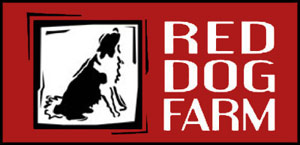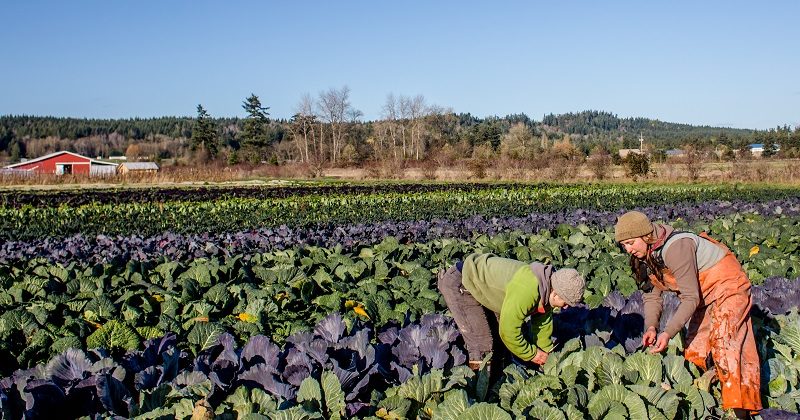Selling Plant Starts: Not Just for Springtime
Shopping for baby plants for your garden in springtime seems like a long way off during the wet, cool winter. But here on the farm, selling plant starts is nearly a year-round endeavor.
As the farm office manager, I spend most of my time at a computer, and these days, that means entering data from this spring’s plant starts sales into a spreadsheet so we can better analyze our sales and plan for next season. Soon, Karyn will be meeting with the PT Food Co-op and Chimacum Corner Store to negotiate which of our nearly 100 varieties of plant starts to sell there. We’ll also strategize our sales at the farmers market and our own Farmstand.
You might already have seen seed catalogs arriving in your mailbox — before long, we’ll be placing our seed orders. Inventorying and ordering the hundreds of pot tags that label each plant takes a bit of time and patience, as does inventorying and ordering the pots that the plants grow in.
Once we have the seeds, our detailed production plan guides us through the various requirements of each type of seed. Each type germinates at a different temperature. Some seeds need to be soaked overnight. Some need darkness in order to germinate. Some, like lupines, need to be inoculated with symbiotic bacteria that help the plants fix nitrogen in their roots. Plants grow at different rates, and in order to have baby plants available throughout the spring that aren’t either too young and fragile or too old and leggy, we have a schedule of how many seeds of which varieties to plant on what dates. As the plants sprout, we must protect them from frost, water them at just the right times, and transplant them into bigger pots.
Finally, the plant starts are ready to be sold starting in late March or early April. This is when all our planning meets the real world. We strategize about how many plants of which variety to send to each outlet each week. Which plants sell best at the Farmstand versus at the farmers market? Are the red cosmos big enough to sell now, or should they stay in the greenhouse for another week? Did cold temperatures kill off our earliest planting of nasturtiums, or did that risky early planting pay off?
This is also when I get to leave the office twice a week and deliver plants to the Co-op and Corner Store. It’s enjoyable to see how excited shoppers get when we bring in flats of new plants. We track each plant delivered, sold, set out at the Farmstand, or brought back from the farmers market. Back at the office, I send out invoices for plant starts and track payments for them.
Finally, in late June, we can take a big deep breath when all the plant starts have left the greenhouse and are growing happily in gardens across the county. We get a few months’ break from plant starts… until planning starts again in November.
~Rachel

